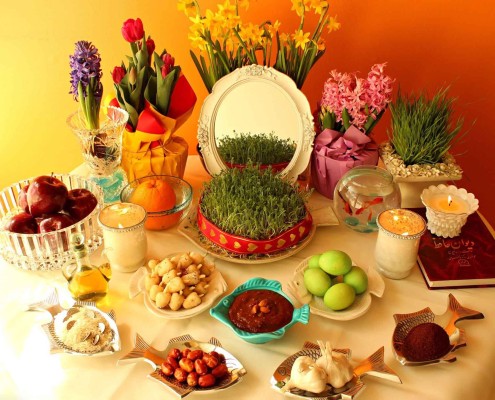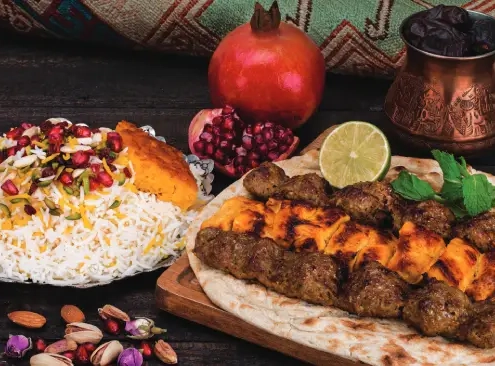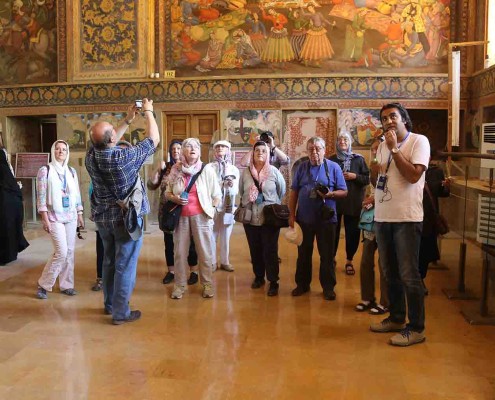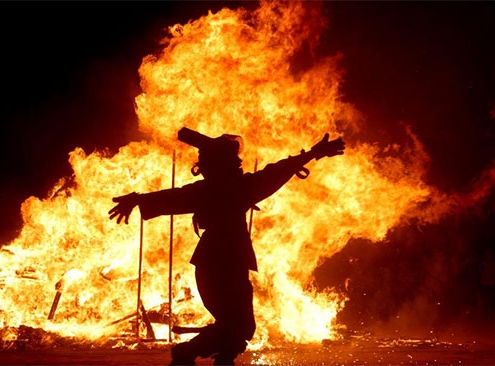 https://irandoostan.com/dostcont/uploads/2016/03/nowruz-haft-seen-new95.jpg
1462
1920
Travel to Iran
https://irandoostan.com/dostcont/uploads/2025/05/Irandoostan-logo.webp
Travel to Iran2016-03-14 08:20:182025-04-13 15:26:54Nowruz, Persian New Year
https://irandoostan.com/dostcont/uploads/2016/03/nowruz-haft-seen-new95.jpg
1462
1920
Travel to Iran
https://irandoostan.com/dostcont/uploads/2025/05/Irandoostan-logo.webp
Travel to Iran2016-03-14 08:20:182025-04-13 15:26:54Nowruz, Persian New Year
10 Famous Persian Dishes (Photos, Video, Info)
Persian cuisine is not just ancient and cosmopolitan; it is also…
 https://irandoostan.com/dostcont/uploads/2016/03/9I3A0388.jpg
1013
1800
Travel to Iran
https://irandoostan.com/dostcont/uploads/2025/05/Irandoostan-logo.webp
Travel to Iran2016-03-10 05:59:402016-07-20 12:05:36Iran, the Top Destination of 2016
https://irandoostan.com/dostcont/uploads/2016/03/9I3A0388.jpg
1013
1800
Travel to Iran
https://irandoostan.com/dostcont/uploads/2025/05/Irandoostan-logo.webp
Travel to Iran2016-03-10 05:59:402016-07-20 12:05:36Iran, the Top Destination of 2016 https://irandoostan.com/dostcont/uploads/2016/03/iran-and-britain.jpg
1000
1500
Travel to Iran
https://irandoostan.com/dostcont/uploads/2025/05/Irandoostan-logo.webp
Travel to Iran2016-03-09 07:38:172016-03-09 07:59:51After four years Iranians can obtain UK visa in Tehran again
https://irandoostan.com/dostcont/uploads/2016/03/iran-and-britain.jpg
1000
1500
Travel to Iran
https://irandoostan.com/dostcont/uploads/2025/05/Irandoostan-logo.webp
Travel to Iran2016-03-09 07:38:172016-03-09 07:59:51After four years Iranians can obtain UK visa in Tehran again
Chaharshanbe Suri (Meaning, Origins, Photos)
Traveling to Iran on the last days of the Iranian year, you will…
 https://irandoostan.com/dostcont/uploads/2016/03/Ancient-Iran-will-be-presented-in-Latin-America-WTM-2016-by-Iran-Doostan-Tours-1.jpg
344
615
Travel to Iran
https://irandoostan.com/dostcont/uploads/2025/05/Irandoostan-logo.webp
Travel to Iran2016-03-08 11:46:322016-03-08 11:51:35Ancient Iran will be presented in Latin America WTM 2016 by IDT
https://irandoostan.com/dostcont/uploads/2016/03/Ancient-Iran-will-be-presented-in-Latin-America-WTM-2016-by-Iran-Doostan-Tours-1.jpg
344
615
Travel to Iran
https://irandoostan.com/dostcont/uploads/2025/05/Irandoostan-logo.webp
Travel to Iran2016-03-08 11:46:322016-03-08 11:51:35Ancient Iran will be presented in Latin America WTM 2016 by IDT
Iran Doostan will attend the ITB Berlin on 9-13 March, 2016
IRAN DOOSTAN TOURS COMPANY (IDT) will attend the ITB Berlin on…


